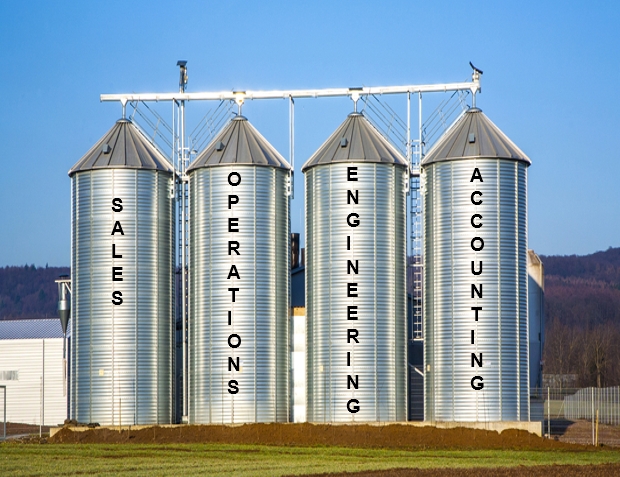SUMMARY
- Communication breakdowns are rampant
- Poor internal Communication leads to poor customer reputation
- Strong internal Communication builds employee trust, pride and engagement
- Tip – learn a simple technique you can adopt to build strong internal communications … today!
COMMUNICATION BREAKDOWNS
One of the most common complaints we hear from executives, managers and individual contributors alike, no matter the industry or size company, is communication breakdowns. While we have more means of communication than ever before – from the many physical gatherings to the ever-expanding tech-based gatherings like company-wide emails, intranets, text messages, collaboration software and more – it seems communication is harder than ever.
There can be many reasons why communication breakdowns could plague most organizations:
- Too many communication channels
- Too many change initiatives
- Too many “hot” priorities
- “Need to know” communication culture
- Silo Syndrome
SILO SYNDROME
One common reason for communication breakdowns is the Silo Syndrome. It’s where people are organized in a way they talk a lot inside their group or department (their “silo”), but they don’t talk with people in other groups or departments.
they talk a lot inside their group or department (their “silo”), but they don’t talk with people in other groups or departments.
We wrote a blog post about the Silo Syndrome – READ IT HERE
The Silo Syndrome causes far more than communication breakdowns. Silos cause operational issues like quality problems and late deliveries that lead to customer dissatisfaction and a bad reputation for your firm. How do you break down silos? Build communication bridges!
It doesn’t take silos to cause communication breakdowns. What if –
- Managers and supervisors are supposed to share company information with employees in their groups, but they don’t understand it themselves?
- Hot priorities cause supervisors to delay sharing less critical company information?
- Managers and supervisors are unsure whether to share sensitive company information they learned in a meeting with employees in their groups?
BUILD COMMUNICATION BRIDGES
![]() Dedicate the last 3 minutes of EVERY MEETING to deciding exactly what and to whom to communicate about the meeting, and determine 1 person to make sure that communication is made effectively.
Dedicate the last 3 minutes of EVERY MEETING to deciding exactly what and to whom to communicate about the meeting, and determine 1 person to make sure that communication is made effectively.
Imagine how much better communication would be in your organization!
Build better communications with our Manager & Supervisor Training




Greeting Growth GPS!
Following up a great in person meeting with a quick hit bullet list email reduces the chance of misunderstandings.
Neil – we couldn’t agree more! And with the covid pandemic, many meetings aren’t in-person anyway, and we find people working from home are often distracted and miss action items at the end of a virtual meeting. So your idea of a quick hit bullet list email to meeting participants that includes an action plan keeps everyone on the same page and avoids the blame game.
Keep the great suggestions coming… nice!